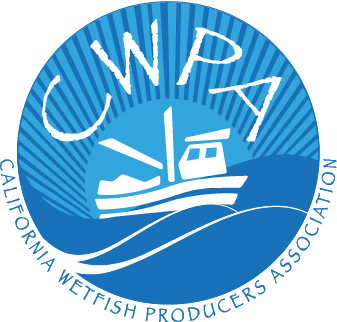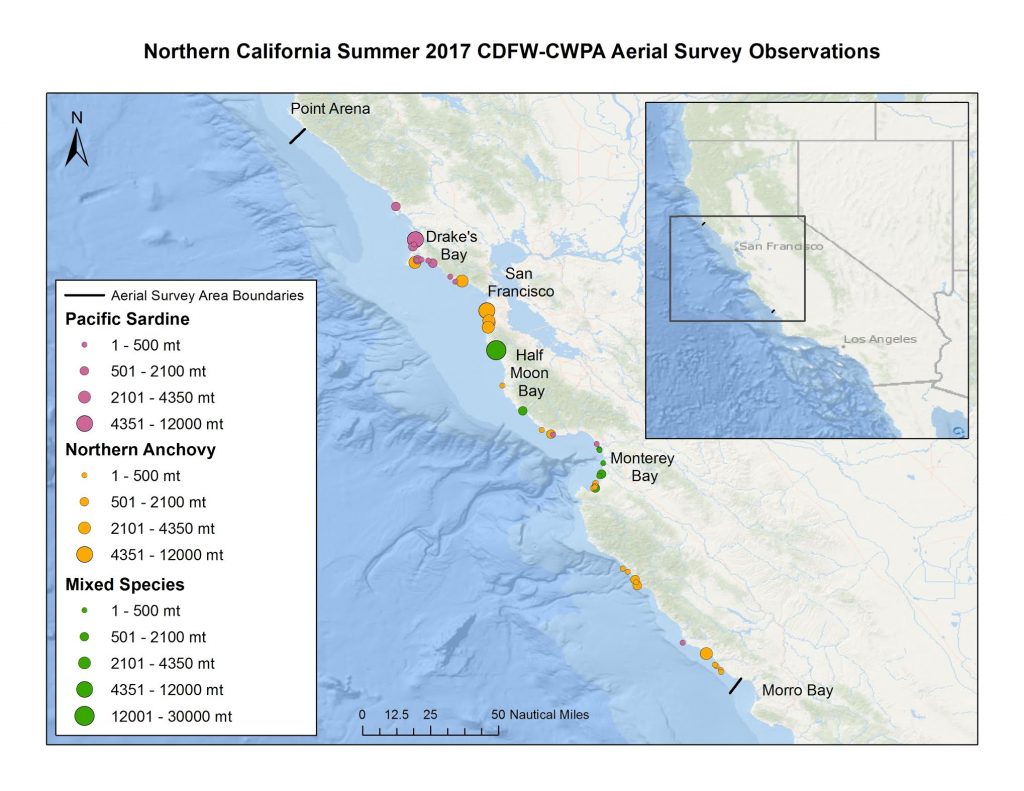January 22, 2019 — Federal fishing regulators have until April 16 to rewrite a rule that sets annual catch limits (ACL) for commercial fishing of anchovy in federal waters off the northern coast of California, a judge has ruled.
The Jan. 18 order from federal judge Lucy Koh enforces a judgment in a lawsuit brought in 2016 by the environmental activist group Oceana against the National Marine Fisheries Service (NMFS).
Oceana’s lawsuit questioned the science that NMFS relied on in reaching a 2016 decision to set the ACL for northern California anchovy at 25,000 metric tons. The agency set that limit — even though landings typically only total less than a third of that, 7,300t — judging the stock’s maximum sustainable yield to be 123,000t, and calculating an acceptable biological catch of 100,000t. The ACL was set, conservatively, the agency said, at a fourth of that level.
Speaking to Undercurrent in June 2018 about the ruling, Diane Pleschner-Steele, the executive director of the California Wetfish Producers Association, disagreed with the biomass estimates, but because the harvesters her group works with are seeing more anchovies, not fewer.
Pleschner-Steele said that her group worked in 2017 with the California Department of Fish and Wildlife to perform an aerial survey of anchovy stocks.
“The department’s plane flew along the coast inside the area that the NOAA acoustic trawl survey was transecting at the same time, and our spotter pilot estimated tonnage of the schools he observed,” she wrote. “We documented tens of thousands of tons of coastal pelagic species — both sardine and anchovy — that the NOAA cruise did not see or factor into its assessment because they survey largely offshore and don’t come into nearshore waters. This is now recognized as a problem, and we’re hopeful that we can improve stock assessments over time.”


